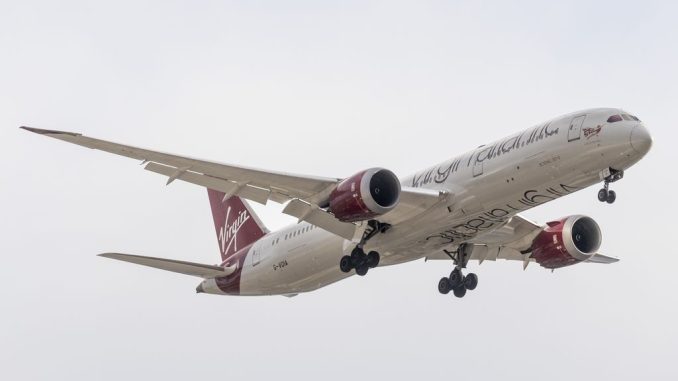
It was yesterday a first. Virgin Atlantic was the first commercial airline to operate a flight using 100 percent sustainable aviation fuel. The plane, a Boeing 787 Dreamliner, took off in London and landed in New York. A small step towards sustainable aviation, or a game changer?
Successful Test Flight
The aircraft flew on fuel that consists of 88 percent oils and fats and 12 percent corn residues. The major caveat is that there were no passengers on board because it was a test flight. “Virgin flies with special permission. If the fuel were 50 percent sustainable, they would have been allowed to take passengers with them, but with 100 percent that is not allowed,” says aviation expert from TU Delft Joris Melkert.
Issues with Sustainable Fuel
Virgin owner Richard Branson mainly wanted to demonstrate with the flight that it is possible to fly with sustainable fuel and to draw attention to the high price of these fuels. He would like to see governments provide more subsidies for this. Melkert: “At the moment, the price of this type of fuel is about four times as high as current kerosene. The margins in aviation are wafer-thin, so no airline can afford that. Then you will kill yourself.”
The high price is partly because the fuel is not yet widely produced. But that is also because there is little demand for it from the airlines due to the high costs. Melkert: “So it’s a bit of a chicken and egg story.”
Towards a Greener Future
Melkert thinks the use of these more sustainable fuels will only really increase if stricter international rules are introduced. As part of the so-called European Green Deal, it has now been agreed that from 2025 all aircraft taking off from Europe must use fuel that is mixed with at least 2 percent sustainable fuel. By 2026, the fuel must be 6 percent sustainable and this must increase to 70 percent by 2050.
In 2011, KLM was the first commercial airline in the world to operate a flight that flew partly on more sustainable aviation fuel, made from used cooking oil. The airline now uses fuel that consists of 1 percent sustainable fuel. The airline aims to use fuel that is 10 percent sustainable by 2030, KLM reports.
Future of Sustainable Flying
Melkert does not think that 100 percent organic kerosene from, for example, corn and used oils is the ultimate solution for more sustainable flying. “We need to move towards synthetic kerosene where you extract CO2 from the air and combine it with sustainably generated hydrogen. Then you can make artificial kerosene where the raw materials you use are infinite.” And there will also be aircraft that fly entirely on hydrogen. Melkert: “That is very energy-rich, but also takes up a lot of space. New equipment must be built for this.”
He expects that there will be increasing numbers from “the mid-thirties”. “I very much believe in the combination. That long-distance flights are flown on synthetic fuel and shorter flights on hydrogen.”

Be the first to comment